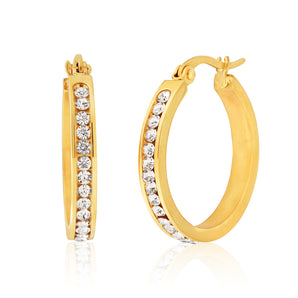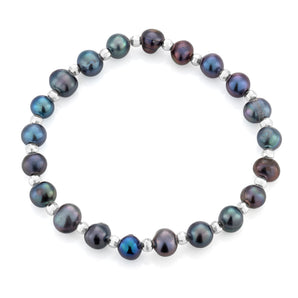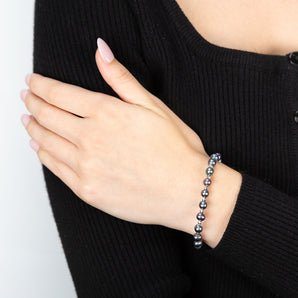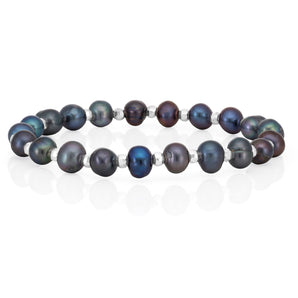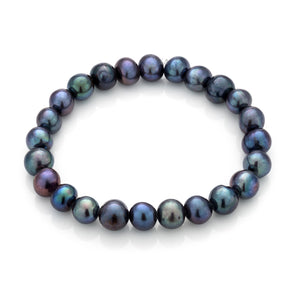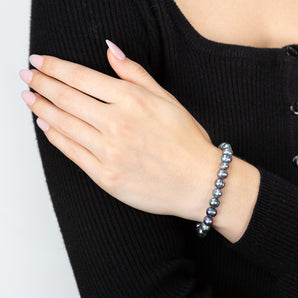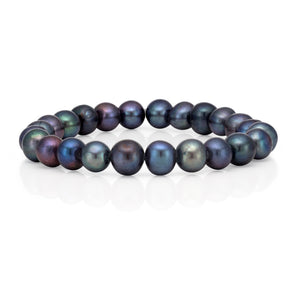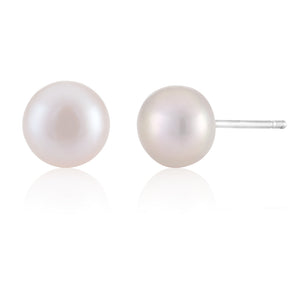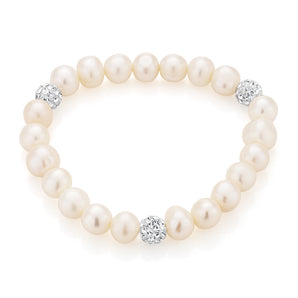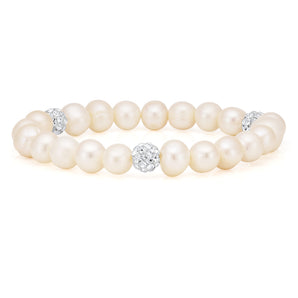Tips for storing and caring for your jewellery
Our jewellery is generally made from sterling silver, gold plating or solid gold. Correct and regular care can prolong the durability of the jewellery.
To ensure you enjoy your precious and beautiful jewellery for as long as possible, you should follow a few basic rules:
- If possible, rings and other pieces of jewellery should not be worn while working in the house or garden, exercising or bathing (in salt or chlorinated water).
- The jewellery should be taken off before going to bed and prior to showering.
- Perfume and hairspray can remove the sheen and the brilliance of the jewellery. For this reason, it is advisable to use perfume, hairspray and other cosmetics before putting on the jewellery.
- Pearls must not come into contact with perfume, make-up or hairspray. Their coating is damaged by alcohol or other solvents. It should be stored separate from other jewellery, ideally in a fabric pouch or wrapped in a soft cloth. This will prevent your pearls being scratched. Please note: pearl jewellery must not be exposed to sunlight. The UV radiation in sunlight damages and bleaches the pearls.
Cleaning
Soap, crème and make-up residues can be removed using an ultrasound device. The ultrasound device should not contain aggressive cleaning agents. For best results, use water and a neutral detergent.
For standard commercial silver dipping baths, only silver jewellery dipping baths must be used. In other words: no silver cutlery dipping baths and no gold jewellery dipping baths!
Immerse the jewellery for approx. 10 seconds and then rinse thoroughly under hot water and rub dry using a cloth or a hairdryer.
Blackened items of jewellery should not be cleaned using a silver dipping bath or polished with a silver cloth as these may remove the blackening.
Items of jewellery with pearls, lapis lazuli, coral, turquoise, mother-of-pearl or hematite are not suitable for cleaning in a silver dipping bath.
Only the silver parts of leather, rubber and silk cords should be cleaned using a silver cloth. Leather and silk cords must not be placed in a silver dipping bath or cleaned in an ultrasound device.
Watch Information
The water resistance of all of our watches depends on the model. The scale ranges from simple splash-proof watches (3 ATM) to sports watches designed for swimming (10 ATM) and above.
A water-resistant watch is designed to prevent outside elements such as water, air and dust from entering the watch movement. The watch’s level of water resistance is expressed in "ATM" (physical standard atmosphere), a measure for pressure. Buyers can find information regarding ATM on the back of the casing. Please note: the higher the specified value ( from 1 ATM to 30 ATM ),the more resistant your watch will be against water. A watch with water resistance up to 5 ATM can be worn in the shower or bath, but not for diving or swimming. This requires at least 10 ATM.
Here is a general guide to waterproofness:
- 3 ATM - water splashes, rain, etc
- 5 ATM - bathing, washing, showering
- 10 ATM - swimming, snorkelling
- 20 ATM and above - long periods of swimming and snorkelling, diving to specific depths
Please note that waterproofness is not permanent. Regular wear and tear of the seals and impair this function. It is advised to get your watch checked for it's waterproofness at least once a year if you are using your watch regularly in water.
Please observe the following care instructions to ensure a long life for your watch:
- Please avoid exposing your watch to extreme environmental conditions such as strong sunlight or very high or low temperatures. Extreme temperatures will shorten the life of the battery (if present).
- Avoid wetness unless your watch is designed to withstand it.
- Leather and satin wristbands cannot tolerate wetness and humidity very well. Please make sure this is dry at all times, as they might otherwise become porous and brittle.
- Never actuate the push buttons or adjust the crown under water.
- If water or condensation can be seen inside the glass, have your watch serviced by a professional. Trapped water may impair the function of the watch.
- Avoid extreme shocks or blows. Your watch is designed to withstand blows within the scope of normal use.
- Avoid using soaps or other chemicals that might damage your watch. Chemicals, solvents or greases may discolour or damage the casing and wristband.
You can remove dust or dirt from your watch very easily with a soft, lightly-dampened cloth. Please always use pure water only and no cleaning agents. The cleaning cloth should be untreated (no silver cleaning cloth or the like). Do not immerse your watch in water unless it is water-resistant (see information on the case back).




